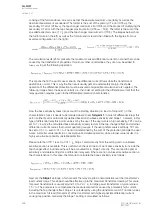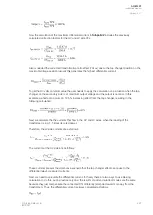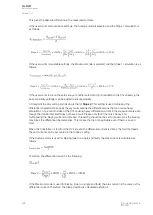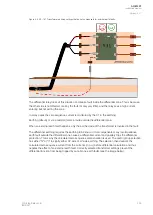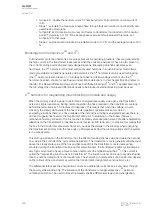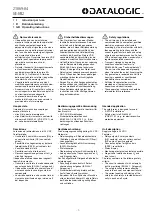
Figure. 5.4.29 - 161. Transformer earthing settings that do not compensate for external earth faults.
The differential relay looks at this situation and sees a fault inside the differential zone. This is because
the other side is not affected at all by the fault (or only very little), and the relay sees a high current
entering but not exiting the zone.
In many cases the zero sequence current is monitored by the CT in the earthing.
Earthing (directly or via a resistor) forms a route outside the differential zone.
When an external earth fault happens, only the earthed side of the transformer is involved in the fault.
The differential earthing requires the earthing to be known: if not compensated, any low-impedance
earth fault outside the differential zone causes a differential current and possibly trips the differential
protection. This is why the calculated zero sequence compensation is used. The vector group selection
has either "N" or "n" to signify either HV side or LV side earthing. The selection then deducts the
calculated zero sequence current from the currents (in p.u.) before differential calculation and thus
negates the effect of an external earth fault. Correctly selected transformer settings prevent the
differential function from being tripped by out-of-zone earth faults (see the image below).
A
AQ
Q-M257
-M257
Instruction manual
Version: 2.07
© Arcteq Relays Ltd
IM00021
305
Summary of Contents for AQ-M257
Page 1: ...AQ M257 Motor protection IED Instruction manual...
Page 2: ......






